Introduction
Iran is one of the most important countries in the Middle East and is known for its rich history, culture, and heritage. The country is divided into 31 provinces, and one of the most significant of these is Qazvin province, which covers an area of 15,423 square kilometers. Qazvin city is the capital of Qazvin province, and it is an important center of culture, literature, art, social, and
economic development, which has played a vital role in the context of the great Iranian civilization. In this essay, I will examine Qazvin province in detail, exploring its cultural, historical, geographical, and social relations, and explaining its role in the context of the greater Iranian civilization. I will also explain why it is necessary to study Qazvin province and explore the importance of its various aspects in modern times, including its role in Iran's contemporary progress toward sustainable development.
Historical Relations
Qazvin province has a rich history that dates back to the pre-Islamic period. It was the capital of the Qajar dynasty in the 18th and 19th centuries and served as an important center for trade and commerce. The city was also an important center of Shia Islam scholarship and played a significant role in the Islamic Revolution of 1979.
Qazvin city is home to several
important historical sites, including the Qazvin Historical Bazaar Complex, which is a UNESCO World Heritage site. The bazaar contains architecturally significant buildings, mosques, and madrasahs from the Qajar period, and it was a significant center of trade and commerce in the region. Other important historical sites in Qazvin include the Chehel Sotoun Palace, which was built during the Safavid period and is renowned for its architecture and design; and the Alamut Castle, which served as a stronghold of the Ismaili sect during the 11th and 12th centuries.

Qazvin province is an important center of culture and literature
Geographical Relations
Qazvin province is located in the northwestern part of Iran and is bordered by the provinces of Zanjan, Tehran, and Gilan. It is situated in the foothills of the Alborz Mountains and is bisected by several rivers, including the Qazvinrud, which is the largest river in the region. The province has a diverse climate, with hot, dry summers and cold, snowy winters, which has facilitated agriculture and farming practices for centuries. Its geography is
a source of enormous pride for its people, and it has been the inspiration for much of its art and literature throughout history.
Cultural Relations
Qazvin province is an important center of culture and literature and has produced several important poets and writers over its history. These include the renowned poets. The province is also home to several significant architectural wonders, including the Jameh Mosque of Qazvin, which was built during the Seljuk period and is one of the largest and most beautiful mosques in Iran. The city is also famous for its traditional handicrafts, such as Persian carpets, pottery, and textiles, which are still being produced today. Qazvin's cultural richness has helped shape Iran's
cultural identity and continues to play a vital role in contemporary Iranian culture.
Art Relations
Qazvin province is also a significant center of art, and its traditional crafts have played an important role in the region's cultural heritage. Iranian art is characterized by its unique blend of Islamic and Persian influences, which results in intricate motifs and designs that are found in everything from architecture to textiles. One of the most important styles of Iranian art is called Qazvin Style, which was developed in the 14th century and is characterized
by its intricate patterns and vibrant colors. The province is also home to several museums and galleries that showcase the work of contemporary Iranian artists.
Social Relations
Qazvin province is known for its hospitable people who welcome visitors with open arms. The province has a diverse population, and its people come from different ethnic and cultural backgrounds.
The most significant ethnic groups in the province are Persians, Azeris, and Gilaks. The province's social makeup has allowed for the development of unique cultural practices, dances, and music that reflect the diversity of its people.
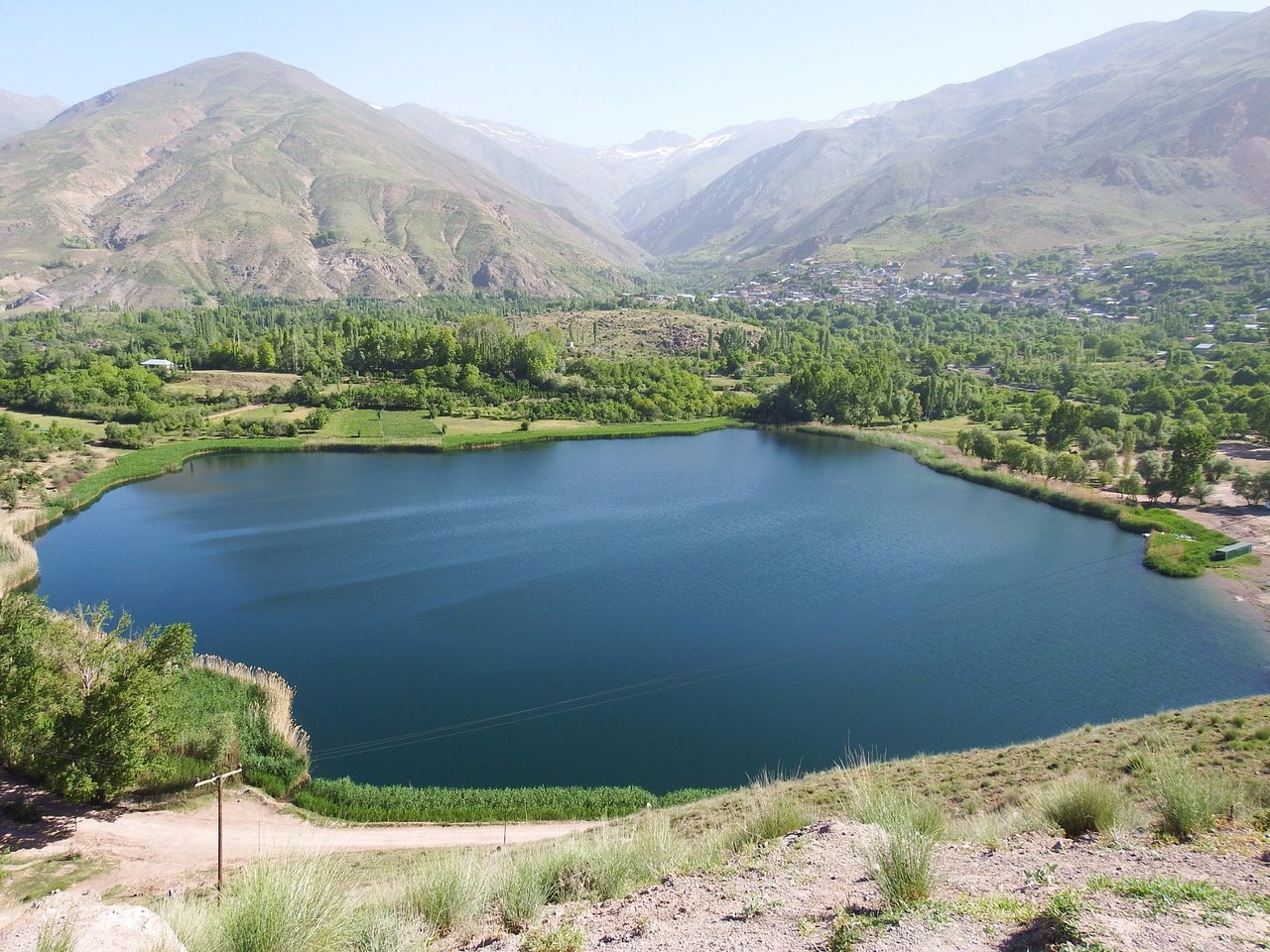
Qazvin province is an essential center of economic activity in Iran
Economic Relations
Qazvin province is an essential center of economic activity in Iran, and its industries include textiles, agriculture, and handicrafts. The province is also home to several large industrial parks that provide employment for thousands of people. Qazvin International Airport connects the province to other parts of Iran and the world, making it an important center for international
trade and commerce. The province's economy is growing, and its potential for growth is significant due to its location, geography, and rich cultural heritage.
Importance of Qazvin Province Today
Qazvin province remains an essential center of culture, literature, art, and trade in contemporary Iran. Its cultural richness and diversity are a source of enormous pride for its people and have contributed significantly to Iran's cultural identity. Moreover, the province's historical significance, unique geographical features, and diverse population make it a vital area for research and study for those interested in the country's history, culture, and economy.
Qazvin province's traditional crafts, which include pottery, textiles, and Persian carpets, are still being produced today and are highly valued both domestically and internationally. Iran's government recognizes the importance
of these crafts and has taken measures to support their production and sale. This has helped create jobs and stimulated local economies, contributing to Iran's contemporary progress towards sustainable development.
Qazvin province's climate, geography, and water resources make it a significant center of agriculture and farming, and its unique crops include grapes, pomegranates, and almonds. The province's fertile soil and diverse topography also make it an important area for biodiversity conservation, which supports Iran's efforts to promote ecological sustainability.
Conclusion
Qazvin province is a rich and diverse area situated in northwestern Iran, which has played an essential role
in the context of the great Iranian civilization. Its unique geographical features, cultural heritage, and diverse population make it a vital area for research and study. The province's traditional crafts, agricultural practices, and natural resources are essential to Iran's contemporary progress towards sustainable development. As such, it is vital that we recognize the importance of Qazvin province and study its history, culture, and economy to better understand Iran's complex and dynamic society.
Dear Visitor; Please take a look at the list of 50 most visited websites in the world wide web: YouTube, Facebook, google, translate, gmail, weather, amazon, Instagram, cricbuzz, Hotmail, wordle, satta king, twitter, yahoo, yandex, sarkari result, Netflix, google maps, yahoo mail, roblox, whatsapp, NBA, BBC news, outlook, pinterest, flipkart, eBay, omegle, live score, tiktok, canva, ipl, premier league, hava durumu, ibomma, walmart, twitch, ikea, shein, linkedin, home depot, e devlet, lottery, snaptik, cricket, serie a, nfl, spotify, fox news, amazon prime; There is no book publishing related or project management website in this list. We are working hard to bring these important issues to the center of concentration of societies. Please introduce us via social media, share our website with others and help us to make our world a better place to live. Best Regards.




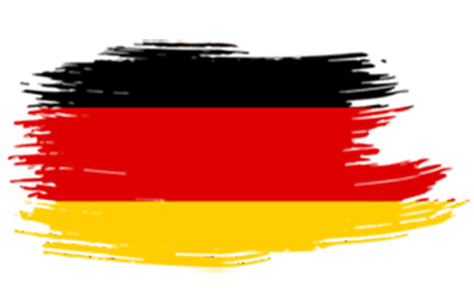

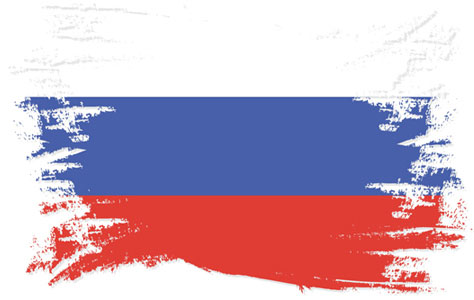

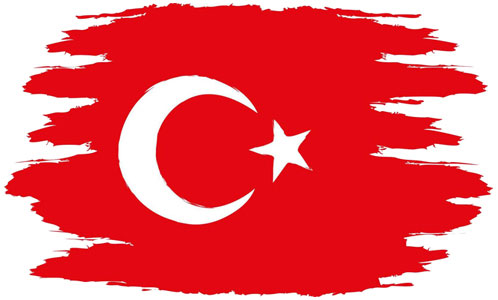

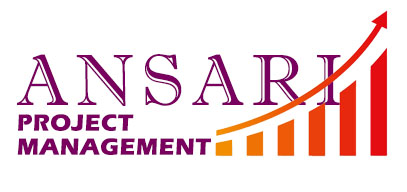

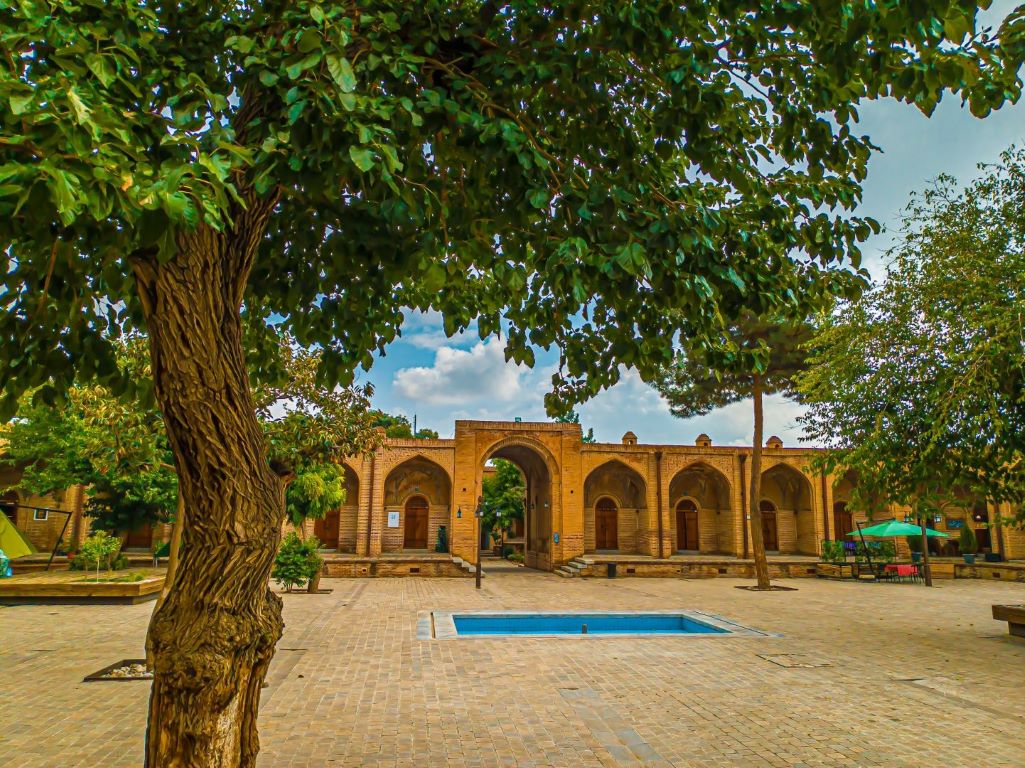
Write your review